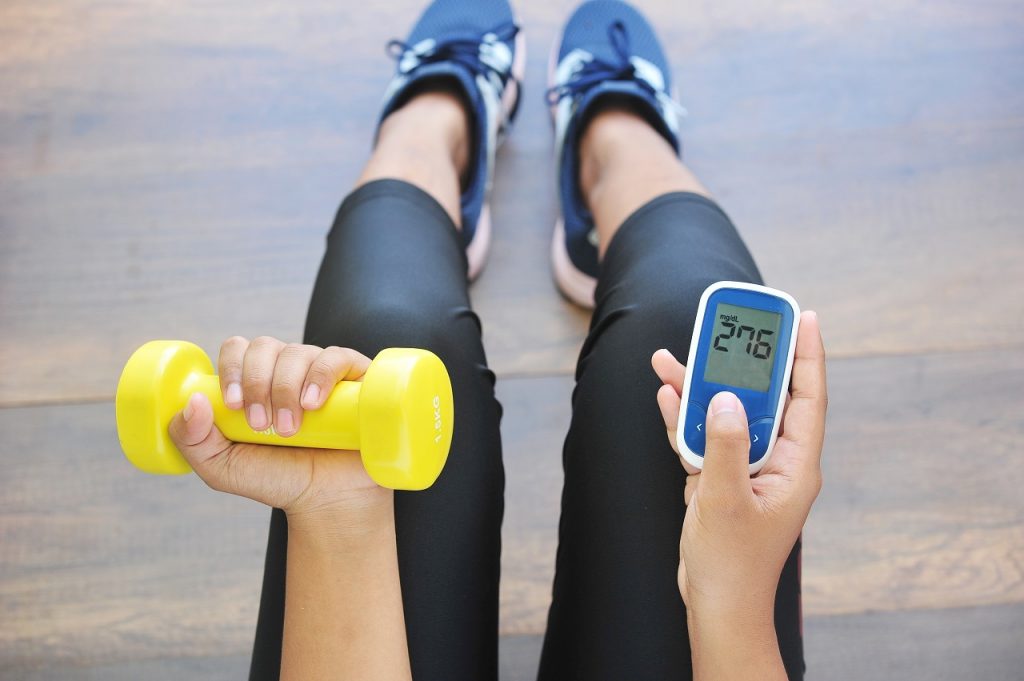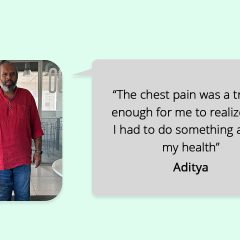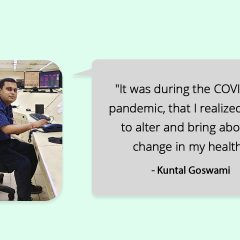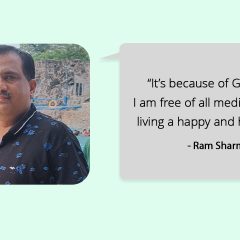
There are many foods out there that seem like an ideal fit for monsoons! Samosas, Pakodas, a hot cup of tea or roasted corn on the cob can all seem a little too tempting when it rains. While there are many foods you should eat during the rainy season, there are some you should definitely avoid at all costs.
Top 5 Foods You Should Avoid Eating During Monsoons
- Fried Foods: Munching on hot fried foods while binge watching you favorite show to the sound of rain outside might seem like a good idea but is it? Be it Pakodas, Puris, Fryums or Fritters, deep fried foods need to be avoided at all costs in this weather. The reason being that these foods take longer for digestions, to break down and thereby, they make a person extremely sluggish – something you don’t want this season. Try this recipe instead!
- Green Leafy Vegetables: If you’re wondering why something considered healthy like green leafy vegetables are on this list, you’re in for a surprise! Although rich in dietary fiber, magnesium, zinc and iron, etc., green leafy vegetables are a breeding ground for bacteria that thrive in humid weather. These bacteria can cause various illnesses and diseases. If you must eat leafy vegetables, cleaning, seeping it in salt water, washing it and cooking it will ensure that it is good for eating.
- Seafood: This is more from the ecological perspective than causing illnesses. The rainy season marks the beginning of the breeding season for fishes. Hence, it is better to avoid them during this time of the year to ensure that their population remains stable.
- Street Food: Apart from causing discomfort to the stomach on any given day, street food such as the famed pani puri, dahi puri, sev and bhel puri need to be strictly avoided. This is because the water that is used may be contaminated with bacteria/bacterial spores that thrive during this season causing more stomach infections than usual! If you must eat chaat, try this healthy recipe for sev puri!
- Milk: Raw/ unpasteurized milk can be a home for E.Coli, a bacterium that causes many food borne illnesses. It is better to have it boiled to prevent any bacterial growth.
To ensure you’re at the best of your health, these are the top 5 foods you should avoid eating during monsoons! Was this article helpful? Let us know your thoughts in the comments below!
Find more monsoon health tips here or speak to an expert by subscribing to GOQii’s Personalised Health Coaching here.
#BeTheForce


 The facts and myths about diabetes are plenty, especially on the kind of foods one should have or not have, whether one should exercise to
The facts and myths about diabetes are plenty, especially on the kind of foods one should have or not have, whether one should exercise to 


